To prevent wild yeast contamination in homebrewing, prioritize strict sanitation and quality control. Clean and sanitize all equipment immediately after use, using stainless steel or glass for easier maintenance. Inspect raw materials like malt and hops for freshness and signs of oxidation. During fermentation, pitch yeast vigorously and maintain stable, ideal temperatures to discourage wild yeast. By following these steps, you’ll guarantee a cleaner brewing environment and produce better beer. More detailed strategies await you to refine your process.
At a Glance
- Clean and sanitize all brewing equipment immediately after use to eliminate any potential microbial contamination.
- Use stainless steel or glass materials for brewing to facilitate easier cleaning and sanitation.
- Inspect raw materials for freshness and signs of oxidation to avoid introducing unwanted flavors.
- Maintain stable fermentation temperatures within the yeast’s ideal range to discourage wild yeast growth.
- Store all raw materials in airtight containers to minimize exposure to contaminants from the environment.
Understanding Wild Yeast and Its Risks
When you brew beer at home, it’s essential to understand that wild yeast can pose significant risks to your final product.
Wild yeast strains, like Brettanomyces, can introduce unwanted flavors and haze, compromising your flavor profile. Contamination often occurs through unclean brewing equipment, raw materials, or even the air.
If proper procedures aren’t followed, bacteria may thrive alongside wild yeast, leading to unsatisfactory results. To combat this, guarantee all your equipment is thoroughly cleaned and sanitized before use. Additionally, maintaining a low pH in your brewing process can help inhibit the growth of harmful microbes.
Be proactive in monitoring your brewing environment, as uncontrolled wild yeast can negatively affect your beer’s quality and consistency.
Helpful Hints:
- Regularly inspect brewing equipment for cleanliness.
- Store raw materials in sealed containers.
- Maintain a clean brewing area to minimize contamination risks.
Best Sanitation Practices for Homebrewing
To guarantee a successful homebrewing experience, implementing effective sanitation practices is essential. Follow these helpful hints to reduce wild yeast contamination:
- Clean and Sanitize Equipment: Always clean and sanitize all brewing gear, including fermenters, hoses, and tools, immediately after use. This eliminates residual microorganisms and prevents cross-contamination.
- Choose Non-Porous Materials: Use stainless steel or glass equipment, as these are easier to clean compared to plastic or wood, which can harbor bacteria.
- Maintain Your Brewing Area: Regularly clean surfaces and floors to minimize airborne dust and bacteria, ensuring your brewing environment is suitable for yeast fermentation. Additionally, proper sanitization of all equipment surfaces that contact wort or beer is crucial to prevent microbial contamination and protect the flavor integrity of your brew.
Importance of Raw Material Inspection
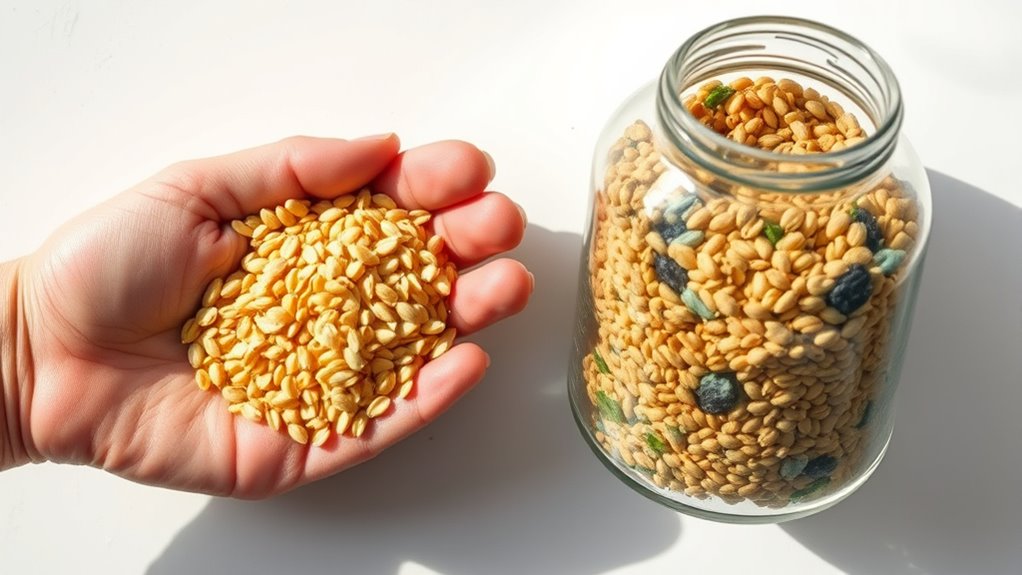
Inspecting your raw materials before brewing is essential for preventing wild yeast contamination and ensuring the quality of your final product.
Start by checking your malt for freshness; stale malt can compromise flavor and increase contamination risks. Additionally, inspect hops for signs of oxidation, as these can emit undesirable aromas and indicate potential issues.
Maintain strict cleanliness by sanitizing all materials, using a bleach solution (1 tsp per 5 gallons of water) when necessary.
Finally, store all raw materials in clean, sealed containers to minimize exposure to airborne wild yeast and bacteria.
These steps are vital for successful brewing.
Fermentation Management Techniques
Managing fermentation effectively is key to preventing wild yeast contamination and ensuring a high-quality brew. To achieve this, consider these fermentation management techniques:
- Pitch the yeast vigorously: Use healthy, liquid yeast to outcompete wild yeast strains, minimizing risk.
- Monitor fermentation temperatures: Keep your brew within the yeast’s ideal temperature range to discourage unwanted bacteria and wild yeast. Maintaining a stable, strain-appropriate temperature range helps ensure yeast health and optimal fermentation performance.
- Check specific gravity regularly: This helps detect any unexpected changes that may signal contamination.
Creating a Controlled Brewing Environment
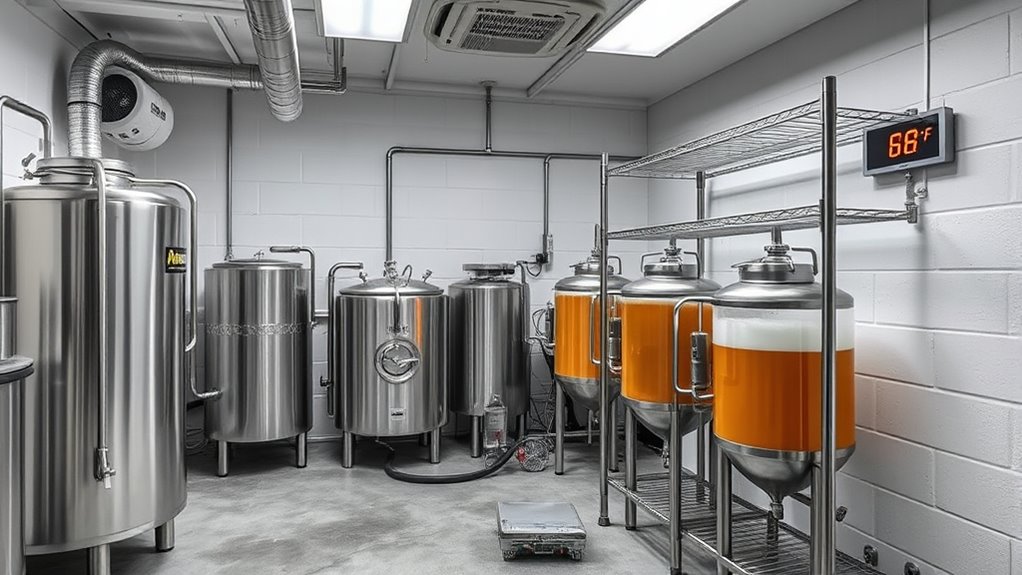
Creating a controlled brewing environment is essential for minimizing the risk of wild yeast contamination, as even the smallest exposure to airborne particles can introduce unwanted microorganisms into your brew.
Start by ensuring all equipment is thoroughly cleaned and sanitized, including fermenters and hoses. It’s important to use effective sanitizers such as chemical sanitizers that do not require rinsing and are safe for direct contact with beer.
Maintain a clean, dust-free area for fermentation, covering surfaces to limit airborne contaminants. Regularly inspect your brewing space, addressing any dirty equipment or debris.
Store raw materials in airtight containers to prevent wild yeast or bacteria from infiltrating. Finally, check hoses for cracks to avoid cross-contamination, ensuring a successful, innovative brewing process.
Helpful Hints:
- Sanitize after each use.
- Monitor your environment.
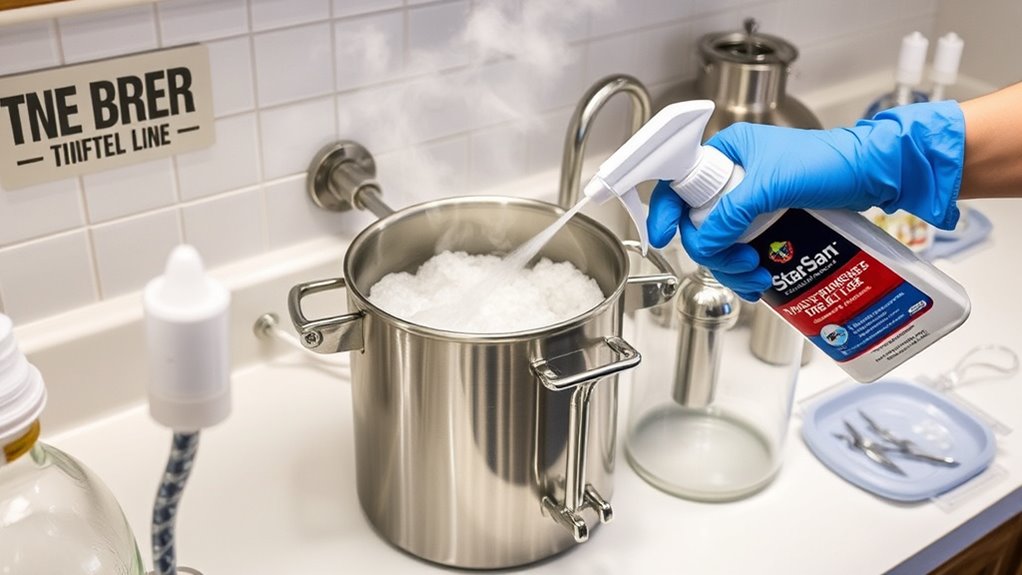
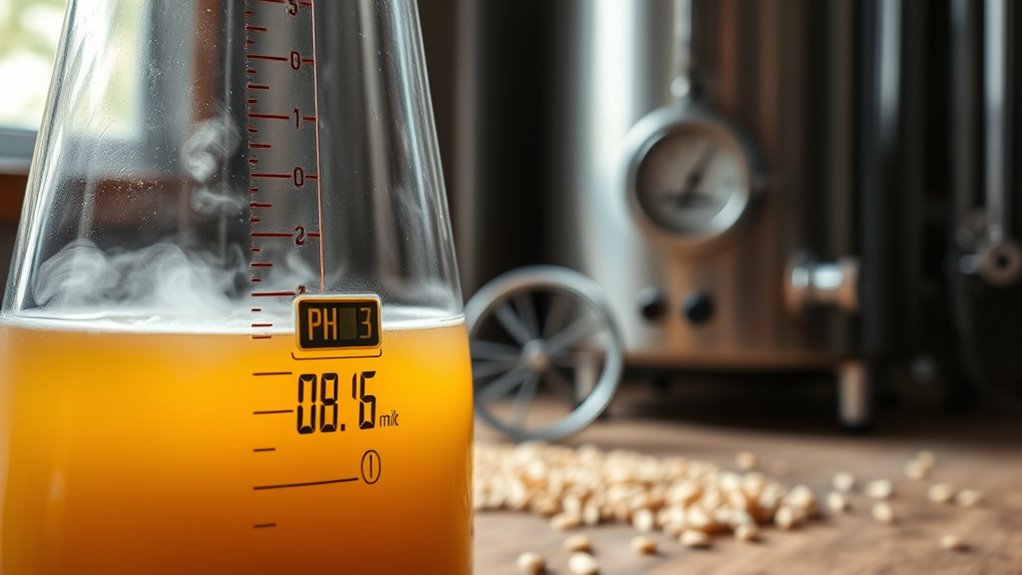
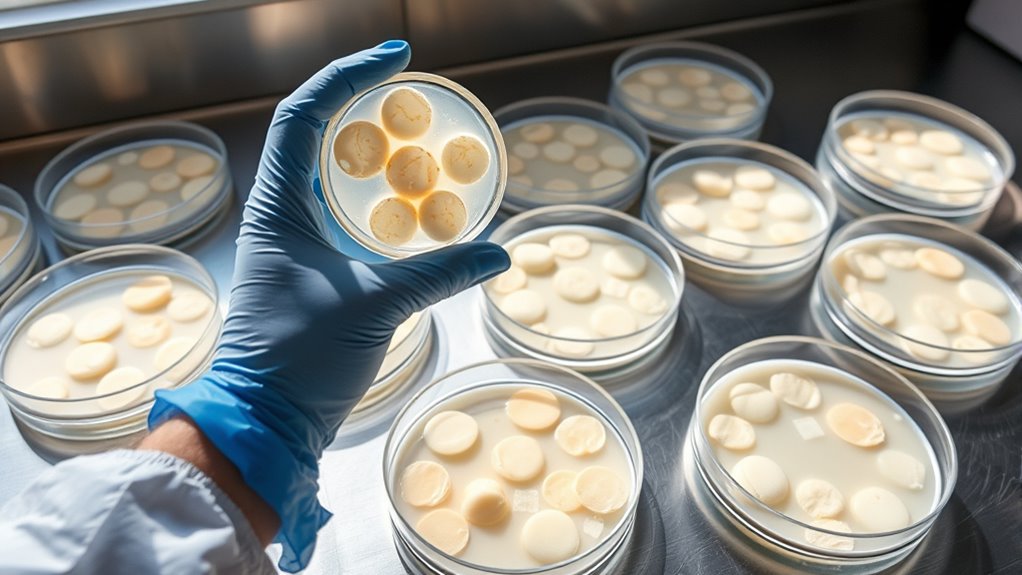
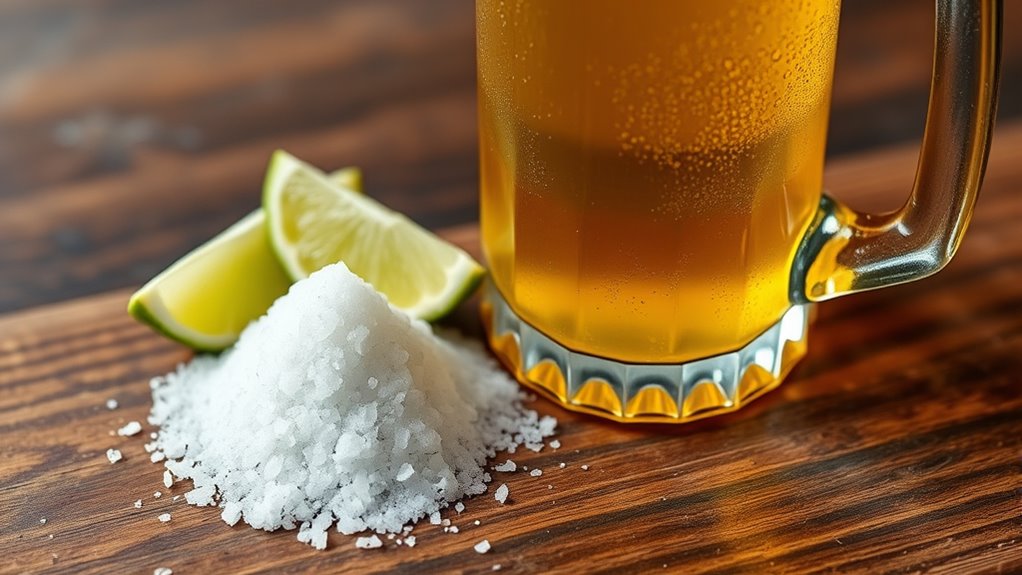

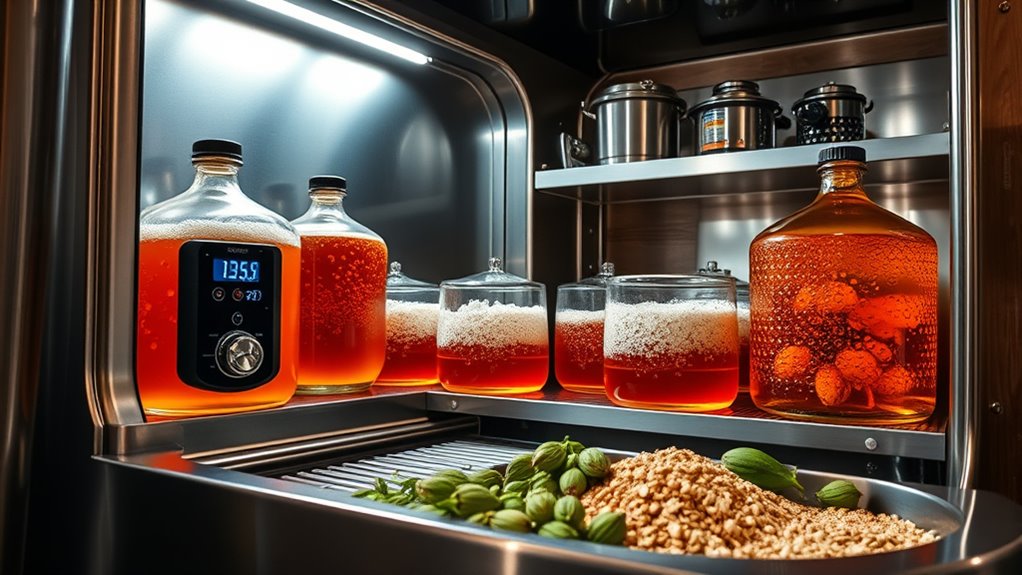
4 comments
Comments are closed.